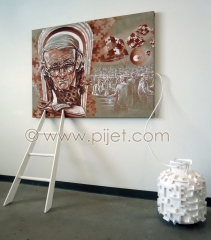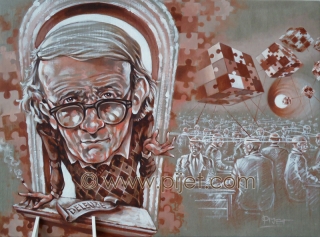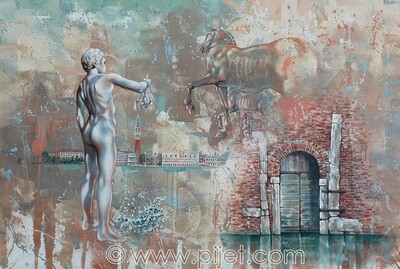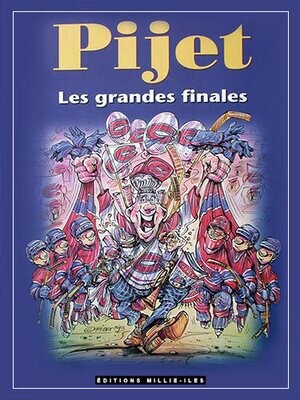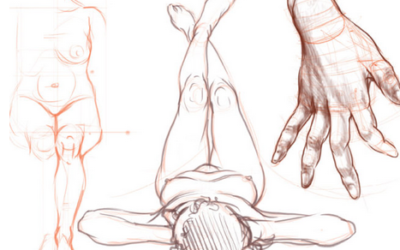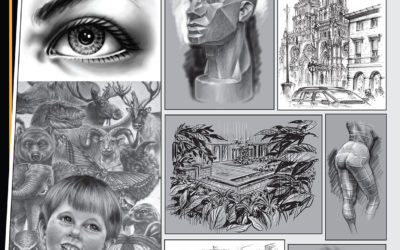The Deleuzeian rhizome theory states that the knowledge about the world is acquired freely and independently through a process of multiple non-hierarchical structures of representation and interpretation, without any particular beginning or end point. It means that an idea should not have a “tap root” but “rhizome roots,” which offers a multitude of “in” and “out” possibilities. The Deluzeian concept confronts the arborescent model of thought based on chronological linear and vertical links of ideas and percepts. Deleuze explains in a very concise manner the difference between the dominant western thought idea of “the tree” and his rhizome concept by stating: “the tree imposes the verb ‘to be,’ but the fabric of rhizome is the conjunction ‘and…and…and…’” (Deleuze, 1987, p. 25). The flexibility of his concept gives to the artist an unlimited space for creative explorations. It is an idea, which in a very particular way responds to the artists’ needs and their creative venues in innovative research. The rhizome concept permits the artist an unlimited creative liberty, and as such reflects perfectly the contemporary diversity of artistic endeavors. Rhizome theory has revolutionized the way an idea might be conceived and propagated into a variety of different concepts and sensations without being restricted to any particular rules, which could restrain such liberty. However, the most salient characteristic is that the satirical art and caricature can have its own place of artistic expression in Visual Arts Practice Research inspired by Deleuzeian philosophical thought.
Fantasy World
Exploring the Imaginary: A Glimpse into the Fantasy World of Drawing Embark on a visual journey with me as I share the sketches that constitute my daily...

